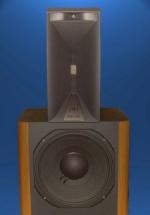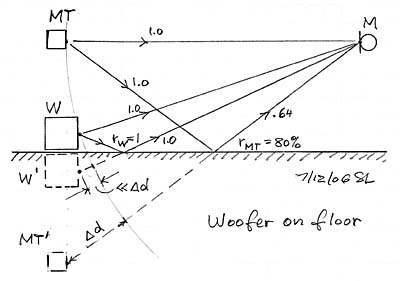Just adding a bit to one of Ian points. If you look at the polars as far as matching the directivity at crossover you have a narrow window. Above 2K and things get a bit dicey. The driver starts to beam so above that you have a rather abrupt change in DI compared to the waveguide if you decide to crossover in the 2-3K range.
Rob





 Reply With Quote
Reply With Quote


 I was looking for the circuit itself!
I was looking for the circuit itself!





